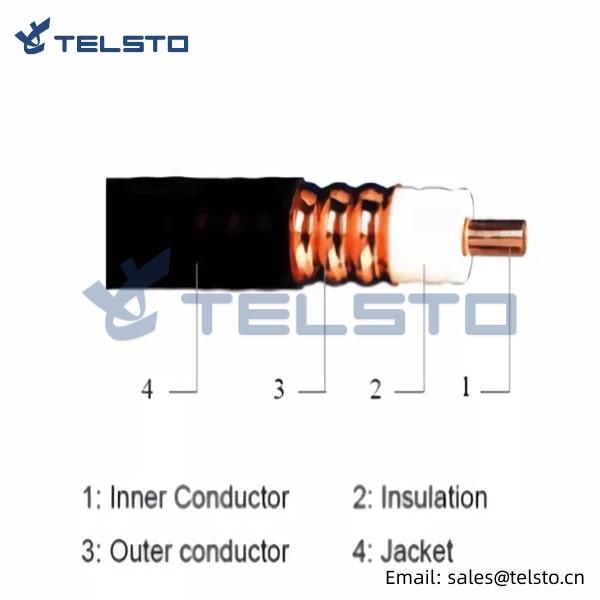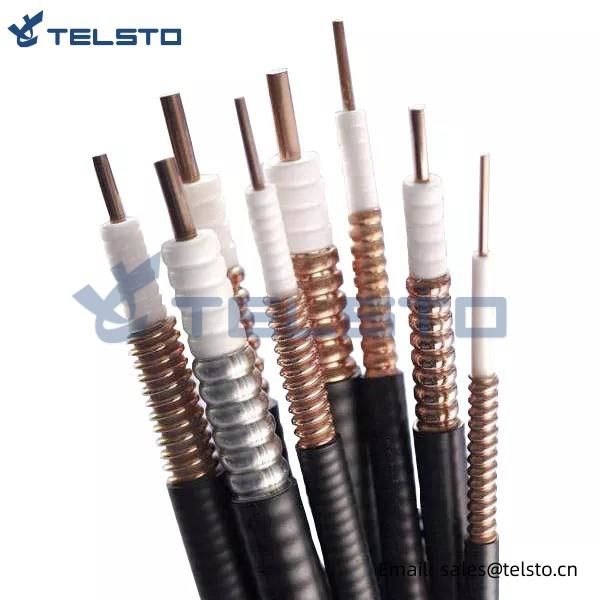Introduction:
Feeder cables play an incredibly integral role in modern telecommunication systems across the world. These are specialized cables designed to enhance the efficiency and effectiveness of signal transmission, especially in the relay stations of a broadcast network. The essence of having feeder cables lies in their ability to deliver power and signals between different components within a system due to their high carrying capacity and low signal loss.
Types and Structure of Feeder Cables:
Generally, feeder cables are categorized into two main types: coaxial and fiber optic. The first one, coaxial, is widely utilized within the radio frequency (RF) applications because of its optimized isolation from external electromagnetic interference. This cable comprises an inner conductor, an insulator, an outer conductor, and an outer sheath. A superb balance between performance and cost is often achieved with coaxial cables, which makes them a popular choice in the telecommunication industry.
On the other hand, fiber optic cables function as a better alternative where long-distance signal transmission is required. These cables employ strands of glass fibers inside an insulated casing, which allows for the lightning-fast transmission of data.
Applications of Feeder Cables:
Feeder cables are commonly used in a variety of sectors, including broadcasting, telecommunications, information technology, military, and more. Their utility in moving signals from a central source to the distribution line or multiple devices is a significant selling point. These cables find extensive usage in the setup of cellular networks, where signals must be transferred from the base station to the antenna system.
Feeder cables are also central to the functioning of cable television networks. They are responsible for transporting television signals from the main transmission source to the community antenna, ensuring optimal picture quality upon reception.
Advantages of Feeder Cables:
Notably, feeder cables’ prominent features are their high carrying capacity, low signal loss, and resistance to electromagnetic interference. They are robustly designed to perform efficiently under challenging conditions. Vital components of many broadcasting and telecommunication systems, these cables assist in the accurate and rapid conveyance of signals across varying distances.
Conclusion:
In conclusion, feeder cables are a cornerstone of modern telecommunication, broadcasting systems, and wireless networks, driving a world that is increasingly dependent on fast, efficient, and reliable communication. Their ability to minimize signal loss, their resistance to interference, and their overall carrying capacity make them a critical component in various sectors of the economy. As technology continues to advance, so is the need for corresponding improvements in feeder cables, underlining their fundamental significance in our interconnected world.
Post time: Aug-04-2023


